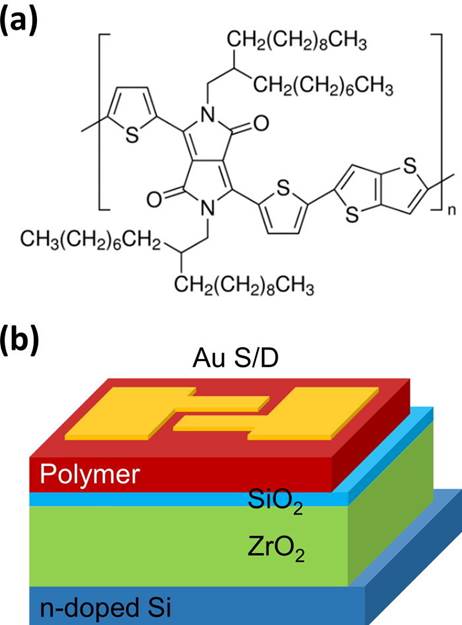24 January 2023
Dr. Sanjay Banerjee is pleased to announce that Xiao Wang (Advisor: Ananth Dodabalapur) and Yimeng Wang (Advisor: Emanuel Tutuc) will present seminars as winners of the Ben Streetman Prize for 2022-23 at the Microelectronics Research Center. The seminar will be held in Conference Room MER 2.114, THURSDAY, January 26th, 2023 at 2pm . Dr. Ben Streetman will be in attendance to present the awards. Refreshments will be served at the event.
Xiao Wang (Senior Winner, $1,000)
“Contact Engineering of Organic Thin Film Transistors”
Yimeng Wang (Junior Winner, $500)
“Dichotomy of Thermodynamic and Transport Properties in Twisted Double-Bilayer Graphene”







